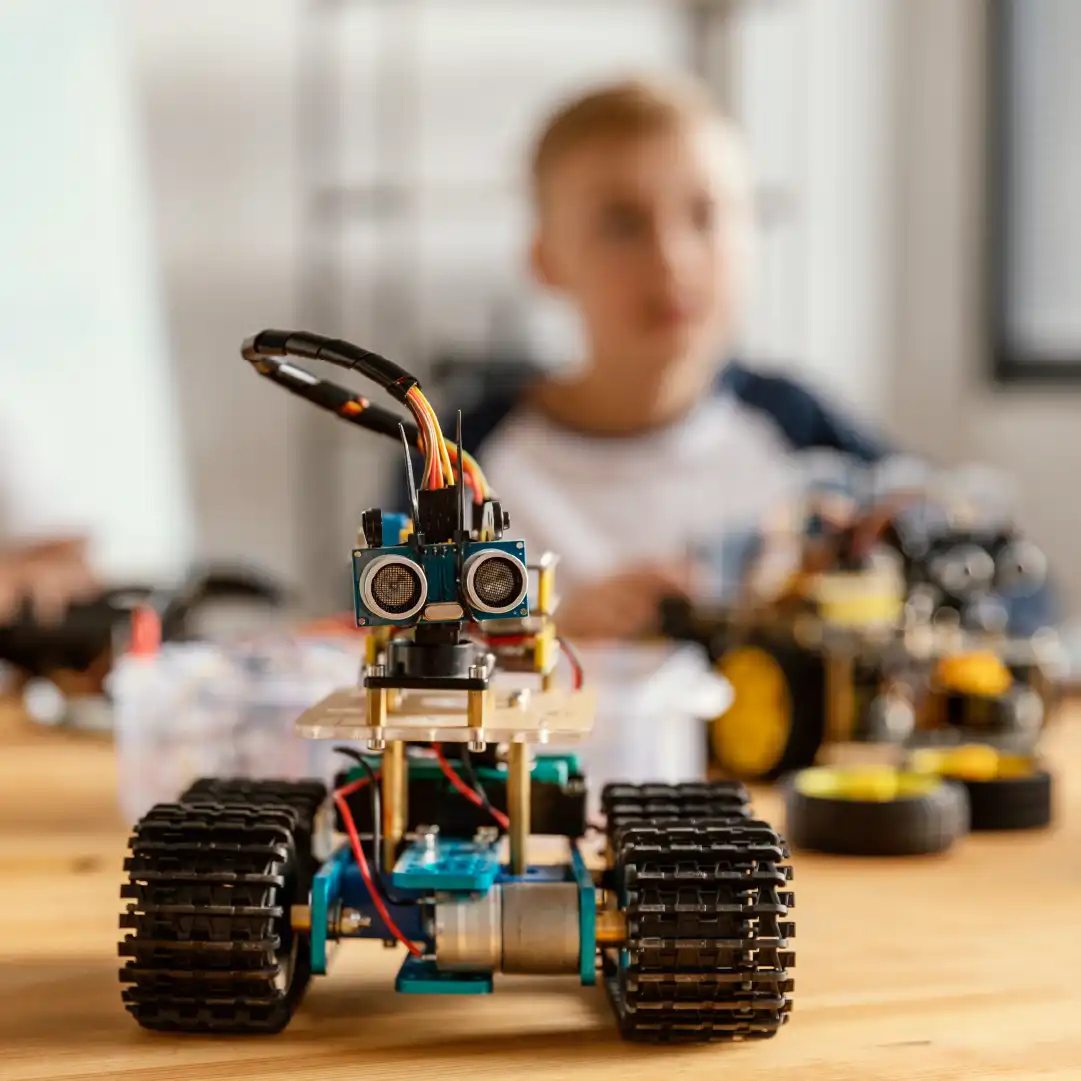Robotics Lab Design for Schools: Creating a Space for Innovation and Learning
In the ever-evolving landscape of education, the integration of technology and hands-on learning experiences is paramount. One such initiative that's gaining momentum is the establishment of robotics labs in schools. These dedicated spaces go beyond the conventional classroom, fostering a culture of innovation, critical thinking, and problem-solving from an early age.
A well-designed robotics lab is not just a physical space; it's a gateway to a world of endless possibilities. With over a decade of experience in education and innovation, we understand the critical elements that make a robotics lab truly transformative.
First and foremost, the design should be flexible, accommodating various learning styles and age groups. From elementary to high school, a well-structured lab allows students to explore robotics at their own pace, encouraging curiosity and experimentation.
Furthermore, an ideal robotics lab should be equipped with cutting-edge technology, from programmable robots to 3D printers, microcontrollers, and a range of sensors. These tools provide students with hands-on experience in assembling, coding, and troubleshooting, laying a strong foundation for STEM education.
Collaboration is another key aspect. The lab's layout should encourage teamwork, enabling students to brainstorm, build, and code together, mirroring real-world collaboration in the field of robotics.

